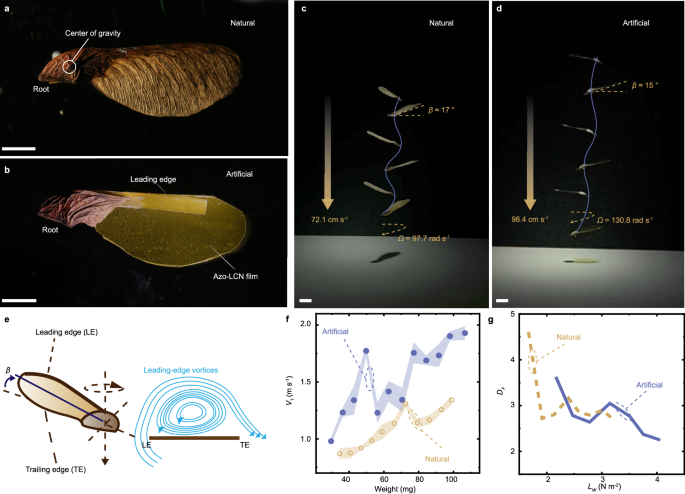2024-07-09 アメリカ合衆国・プリンストンプラズマ物理学研究所(PPPL)

- PPPL とデラウェア大学が、コンピューターチップに使用されているシリコンの代替が期待される二次元材料の遷移金属ジカルコゲニド(TMD)について、その原子構造に発生する欠陥の原因と材料への影響を解明。
- 電子機器には三次元材料であるシリコンのチップが使用されているが、多くの企業が二次元材料製チップの開発に関心を寄せている。二次元材料は実際には三次元的な存在ではあるが、非常に薄い原子層で構成されることから二次元材料と呼ばれている。
- TMD の構造はサンドイッチに例えられ、外側のパンが酸素、硫黄、セレンやテルルのようなカルコゲン元素で、中の具が周期表の 3~12 族元素の原子 3 個分の薄さの遷移金属層となる。これらの原子が正確で安定した結晶構造に配置されることが理想的だが、実際には原子が別の場所へ移動することで欠陥が発生する。
- この欠陥の中には、例えば半導体の導電性を向上するといった有益な影響を及ぼすものもあるが、その良し悪しに関わらず必要に応じて利用・除去できるよう欠陥の発生する理由や材料への影響を理解することが重要。
- 多様な欠陥の形成に要するエネルギ-量を計算し、バルク TMD(原子 5 個分以上の薄さ)の製造時に発生する余剰電子の原因が水素にあることを確認。TMD に存在することが知られていたカルコゲン空孔の欠陥と、チップ製造のプロセス時に存在する水素の欠陥に注目し、最小エネルギ―量で形成される欠陥を特定した。
- それらの欠陥構造が材料の電荷に及ぼす影響を調査した結果、水素による欠陥構造が余剰電子を提供し、n 型として知られる負に帯電した半導体材料を生成することを発見。コンピューターチップは、n 型半導体材料と正に帯電した p 型材料を組み合わせて作られている。
- また、カルコゲン空孔による欠陥については、バルク TMD の二硫化モリブデン片への光の照射で予想外に放射される光の周波数が、カルコゲン空孔に関係した電子の挙動で説明できることがわかった。
- 光ルミネセンスと呼ばれる測定技術を用いて TMD の欠陥を分析し、材料が放射する光の周波数を確認。光のピーク周波数によって TMD 内の原子の電子配置とカルコゲン欠陥の存在を特定する。本研究の結果は、将来の実験でカルコゲン空孔を調査するためのガイドラインを提供するもの。
- 本研究は、米国エネルギー省(DOE)と米国立科学財団(NSF)が支援した。
URL: https://www.pppl.gov/news/2024/detecting-defects-tomorrow%E2%80%99s-technology-new-research-enhances-our-understanding-likely
<NEDO海外技術情報より>
関連情報
2D Materials,掲載論文(フルテキスト)
Role of chalcogen vacancies and hydrogen in the optical and electrical properties of bulk transitionmetal dichalcogenides
URL: https://iopscience.iop.org/article/10.1088/2053-1583/ad4720
Abstract
Like in any other semiconductor, point defects in transition-metal dichalcogenides (TMDs) are expected to strongly impact their electronic and optical properties. However, identifying defects in these layered two-dimensional materials has been quite challenging with controversial conclusions despite the extensive literature in the past decade. Using first-principles calculations, we revisit the role of chalcogen vacancies and hydrogen impurity in bulk TMDs, reporting formation energies and thermodynamic and optical transition levels. We show that the S vacancy can explain recently observed cathodoluminescence spectra of MoS2 flakes and predict similar optical levels in the other TMDs. In the case of the H impurity, we find it more stable sitting on an interstitial site in the Mo plane, acting as a shallow donor, and possibly explaining the often observed n-type conductivity in some TMDs. We also predict the frequencies of the local vibration modes for the H impurity, aiding its identification through Raman or infrared spectroscopy.



